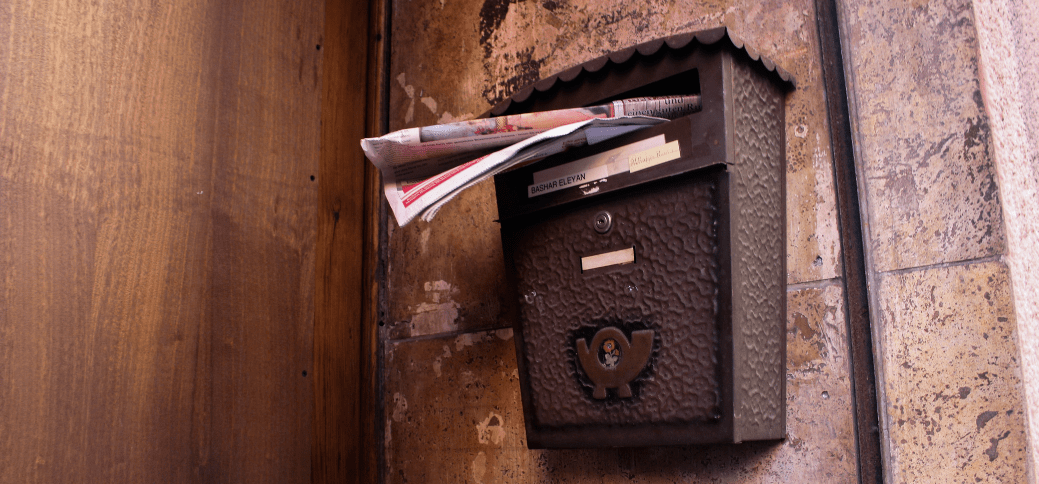An effective email newsletter design is crucial for capturing your audience’s attention and delivering your message clearly and engagingly. A well-designed newsletter not only enhances readability but also strengthens brand identity and improves overall engagement rates. In this blog, we’ll explore best practices for email newsletter design that can help you create visually appealing and high-performing newsletters.

Table of Contents
Toggle1. Keep It Simple and Clean
1.1 Use a Clear Layout
A simple and clean layout makes it easier for readers to navigate your newsletter. Use a single-column format to enhance readability on both desktop and mobile devices. Ensure that your most important content is placed at the top, allowing readers to quickly grasp the key messages.
1.2 Limit the Use of Fonts and Colors
Stick to a limited number of fonts (usually one or two) and a cohesive color palette that aligns with your brand identity. Too many fonts or colors can distract readers and make your newsletter look unprofessional. Aim for contrast between text and background for better readability.
2. Optimize for Mobile
2.1 Responsive Design
With a significant portion of emails being opened on mobile devices, it’s essential to adopt a responsive design. This means that your newsletter should automatically adjust its layout and content to fit different screen sizes. Test your designs on various devices to ensure they look great everywhere.
2.2 Use Larger Touch Targets
Ensure that buttons and links are large enough for mobile users to tap easily. Aim for a minimum size of 44×44 pixels to facilitate easier navigation. Also, provide ample spacing between clickable elements to prevent accidental clicks.
3. Focus on Compelling Content
3.1 Craft Engaging Subject Lines
The subject line is the first thing your readers see, so make it engaging and relevant. Use actionable language, and consider personalizing it with the recipient’s name or relevant content to increase open rates.
3.2 Use Concise and Scannable Text
Most readers skim through emails, so keep your content concise and to the point. Use short paragraphs, bullet points, and subheadings to break up text and make it easier to digest. Highlight key information to ensure it stands out.
3.3 Incorporate Visuals
Images, graphics, and videos can enhance your newsletter’s appeal and help convey your message more effectively. Use high-quality visuals relevant to your content, but be mindful of loading times. Always include alt text for images to ensure accessibility.
4. Incorporate Strong Calls to Action (CTAs)
4.1 Use Clear and Actionable Language
Your CTAs should be clear, concise, and action-oriented. Use verbs that encourage readers to take specific actions, such as “Shop Now,” “Learn More,” or “Subscribe Today.” Make sure the CTA stands out visually by using contrasting colors or buttons.
4.2 Position CTAs Strategically
Place your CTAs in prominent positions within the newsletter. Ideally, they should appear at the beginning, middle, and end of your content to capture readers’ attention at multiple points. Consider using multiple CTAs for different sections of your newsletter to cater to diverse interests.
5. Maintain Consistency
5.1 Brand Your Newsletter
Ensure that your newsletter reflects your brand identity by incorporating your logo, color scheme, and font styles consistently. This consistency reinforces brand recognition and helps establish a cohesive visual experience.
5.2 Standardize Layouts
If you send newsletters regularly, standardizing the layout helps establish familiarity among your readers. Consistent layouts allow subscribers to recognize your emails easily and understand where to find key information.
6. Test and Optimize
6.1 A/B Testing
Conduct A/B tests to determine which design elements work best for your audience. Experiment with different subject lines, layouts, colors, and CTAs to see what resonates most. Use the insights gained to refine your future newsletters.
6.2 Monitor Analytics
Keep track of key metrics, such as open rates, click-through rates, and engagement rates, to gauge the effectiveness of your newsletter design. Use this data to identify trends and areas for improvement.
7. Ensure Accessibility
7.1 Follow Accessibility Guidelines
Make your newsletter accessible to all readers, including those with disabilities. Use descriptive alt text for images, ensure sufficient color contrast, and choose legible font sizes. Familiarize yourself with accessibility guidelines (like WCAG) to enhance inclusivity.
7.2 Provide Text-Only Versions
Consider offering a text-only version of your newsletter for subscribers who may have trouble loading images or who prefer a simpler format. This ensures that everyone can access your content, regardless of their email client or device.
Conclusion
Designing an effective email newsletter requires careful consideration of layout, content, branding, and user experience. By implementing these best practices, you can create visually appealing newsletters that engage your audience, reinforce your brand identity, and drive action. Remember that the key to success lies in testing and optimization, so continuously analyze your performance metrics and refine your design based on audience feedback. With these strategies, you’ll be well on your way to crafting email newsletters that captivate and convert!


No responses yet